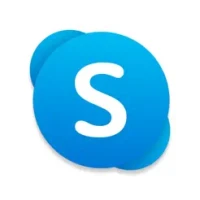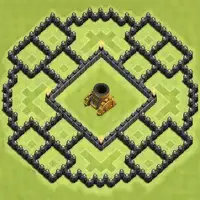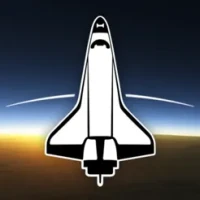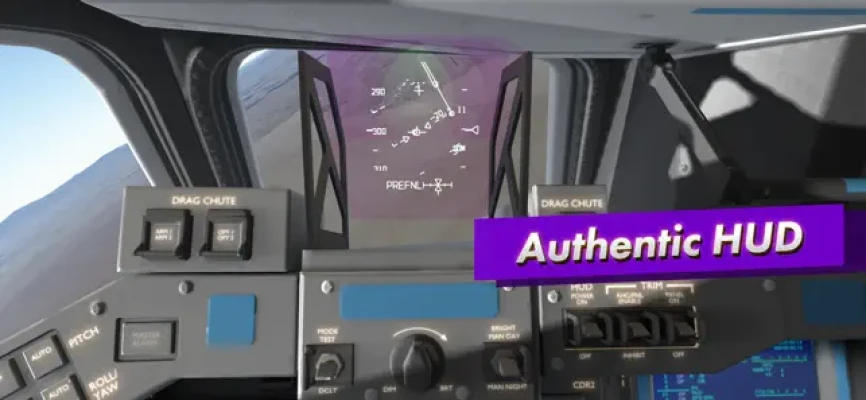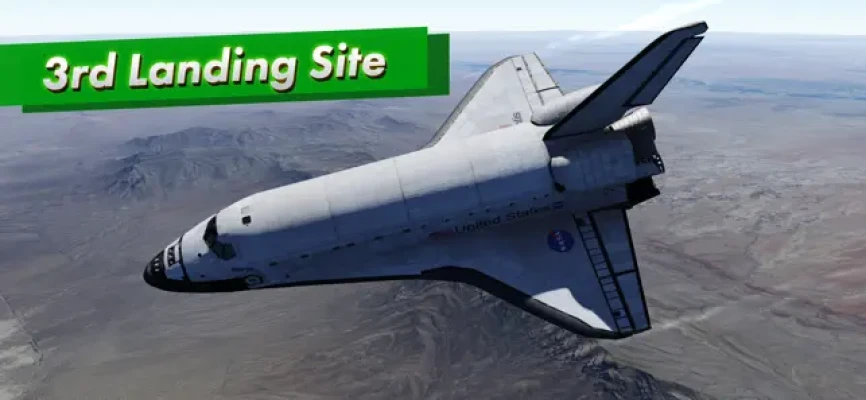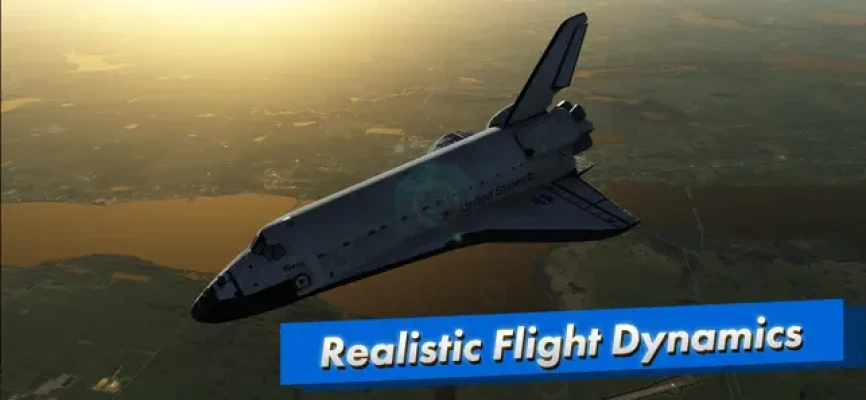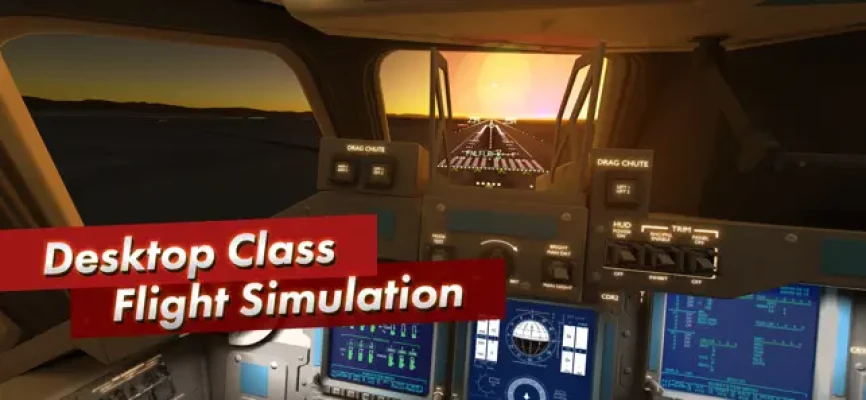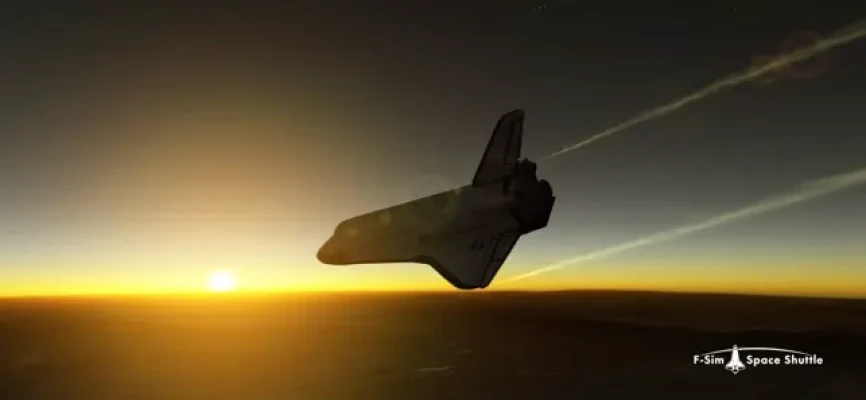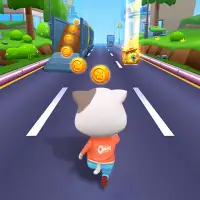Latest Version
1.1
December 17, 2024
SkyTale Software GmbH
Games
iOS
1.4 GB
8
$4.99
Report a Problem
More About F-Sim|Space Shuttle 2
The application being described is the highly anticipated successor to a popular flight simulator, focusing specifically on the detailed simulation of the Space Shuttle's approach and landing process. This remastered version, named F-Sim Space Shuttle, has been completely redeveloped from the ground up. It boasts new features that enhance the user experience, including console-quality graphics, interactive tutorials, and an additional landing site option at White Sands, along with an exciting new orbit mode.
F-Sim Space Shuttle merges realistic flight simulation with impressive graphics and enjoyable gameplay. For those who are new to piloting a Space Shuttle, several tutorials are provided, offering varying levels of autopilot assistance. The app features a landing analysis and scoring system that provides feedback to users on their landings, encouraging them to improve with subsequent attempts. This mechanism not only enhances the learning curve but also adds an element of competition and replayability.
The gameplay mechanics involve flying the Orbiter from either 10,000 or 50,000 feet, where pilots must align themselves properly with the runway. The Orbiter operates as an unpowered glider during descent, which means precision is key to achieving a successful landing. With its significant weight and distinctive aerodynamic properties, the shuttle's landing approach is notably steeper and faster than that of conventional airliners. Post-landing, players can aim for perfect scores and engage in a ranking system that allows comparison with friends, alongside opportunities to earn medals and unlock achievements.
Users can control the Orbiter using device tilting for pitch and roll, or they can opt for on-screen analog sticks or a gamepad to guide their flight. The autopilot takes care of various functions such as the rudder, speed brakes, landing gear, and chute unless the player desires full manual control. For beginners, visual guides help indicate the ideal approach path, while seasoned pilots can switch to relying on authentic flight instruments found in the head-up display (HUD). The GNC systems are accurate representations of the actual technology used in the Space Shuttle, providing an immersive experience.
Additionally, the new orbit mode invites users to navigate the Orbiter in a circular path around Earth, and upcoming updates promise to introduce atmospheric re-entry scenarios and more features at no extra cost. The application prides itself on being ad-free and does not include any in-app purchases, ensuring a clean and user-friendly experience without the collection of personal data. This dedication to providing a full-featured flight simulator positions F-Sim Space Shuttle as an exciting tool for both casual gamers and those interested in aerospace simulations.
Here is the long-awaited successor to our critically acclaimed flight simulator. It simulates the Space Shuttle approach and landing in incredible detail and accuracy.
This is a remaster of our original F-Sim Space Shuttle, completely rewritten from scratch. New features include:
- Console quality graphics
- Interactive tutorials
- White Sands as a third landing site option
- Orbit mode
F-Sim Space Shuttle combines realistic flight simulation with stunning graphics and fun gameplay.
You’ve never landed a Space Shuttle before? We’ve got you covered: Included are several tutorials with varying degrees of autopilot assist. Our landing analysis and scoring system tells you exactly how to improve your next landing. It will make you come back and try again.
Each flight starts at either 10,000 feet, already aligned with the runway, or at up to 50,000 feet, before banking into the heading alignment cone. During descent, the Orbiter is an unpowered glider, so you will only have one chance to get it right. Astronauts used to call it a flying brick: Because of its 200,000 lbs. gross weight and low lift over drag ratio, the approach is six times steeper and two times faster than a typical airliner approach. After your first safe touchdown, chase that perfect landing, compare your high scores online with your friends, earn medals, and unlock achievements. Experiment with different wind conditions, night approaches, and even emergency scenarios or system failures. At the end of each flight, watch a replay from different camera angles.
You control the Orbiter’s pitch and roll axes by tilting your device. Alternatively, you may switch to on-screen analog sticks or use a gamepad. Rudder, speed brake, gear, and chute are usually handled by the autopilot, but you can have full manual control if you like. For beginners, we’ve added rectangles that visualize the desired approach path. Simply try to stay within the corridor of rectangles, and they’ll guide you right to the touchdown point. Advanced pilots can turn them off and rely on the instruments in the head-up display (HUD) instead. The simulated guidance, navigation and control (GNC) systems are authentic replications of their counterparts in the real Orbiter, and the HUD features all the instruments real Space Shuttle commanders used to employ to skillfully land this unique aircraft. Now it’s your turn to give it a try.
A new orbit mode lets you take the Orbiter for a spin around the planet, and we’re working on a full atmospheric re-entry scenario, which, among other new features, will be released as free updates in the coming months.
There are no ads or in app purchases, and we don’t collect any personal data.
Rate the App
User Reviews
Popular Apps





